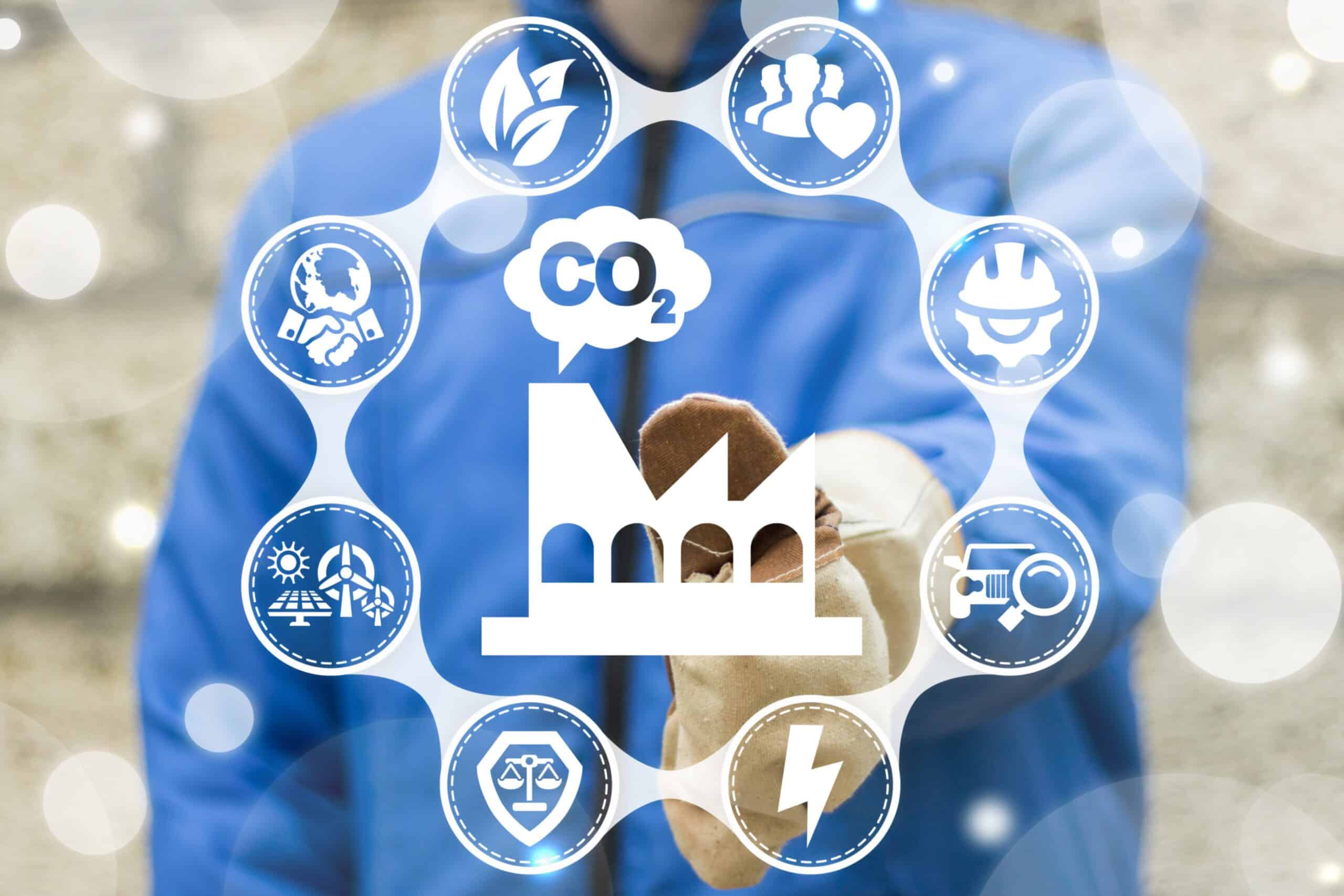On average each utilization pathway could use around 0.5 gigatonnes of carbon dioxide per year that would have entered the atmosphere; and top end scenarios could use over 10 gigatonnes of carbon dioxide per year, at a theoretical cost under $100 per tonne of CO2; potential scales and costs were noted to vary across sectors.
“The analysis we presented makes clear that carbon dioxide utilization can be part of the solution to combat climate change, but only if those with the power to make decisions at every level of government and finance commit to changing policies and providing market incentives across multiple sectors,” said Emily Carter, a distinguished professor of chemical and biomolecular engineering at the UCLA Samueli School of Engineering and a co-author of the paper. “The urgency is huge and we have little time left to effect change.”
Keeping global warming to 1.5 degrees Celsius for the rest of the 21st century will require the removal of CO2 from the atmosphere in the order of 100-1,000 gigatonnes; fossil fuel emissions are increasing over 1% annually which has reached a record high of 37 gigatonnes of carbon dioxide in 2018, according to the Intergovernmental Panel on Climate Change.
“Greenhouse gas removal is essential to achieve net zero carbon emissions and stabilise the climate,” said Cameron Hepburn, one of the study’s lead authors, director of Oxford’s Smith School of Enterprise and Environment. “We haven’t reduced our emissions fast enough, so now we also need to start pulling carbon dioxide out of the atmosphere. Governments and corporations are moving on this, but not quickly enough. The promise of carbon dioxide utilization is that it could act as an incentive for carbon dioxide removal and could reduce emissions by displacing fossil fuels.”
Mitigation strategies will be critical to the success of these new technologies and the analysis of their impact on the climate; some are likely to be adopted quickly due to attractive business models such as certain kinds of plastic production using CO2 as a feedstock is a more profitable and environmentally cleaner process than using conventional hydrocarbons and it can displace up to 3 times as much as carbon dioxide as it uses.
The study published in Nature suggests that there may be other opportunities to reap co-benefits via biological uses; in other areas uses and utilization may provide better choice alternatives during the global decarbonization process such as the use of fossil fuels derived from carbon dioxide which could find roles in sectors that prove to be harder to decarbonized such as aviation; there really is no magic bullet approach.
“I would start by incentivizing the most obvious solutions — most of which already exist — that can act at the gigatonne scale in agriculture, forestry and construction,” said Carter, who also is UCLA’s executive vice chancellor and provost, and the Gerhard R. Andlinger Professor in Energy and Environment Emeritus at Princeton University. “At the same time, I would aggressively invest in R&D across academia, industry and government labs — much more so than is being done in the U.S., especially compared to China — in higher-tech solutions to capture and convert carbon dioxide to useful products that can be developed alongside solutions that already exist in agriculture, forestry and construction.”




